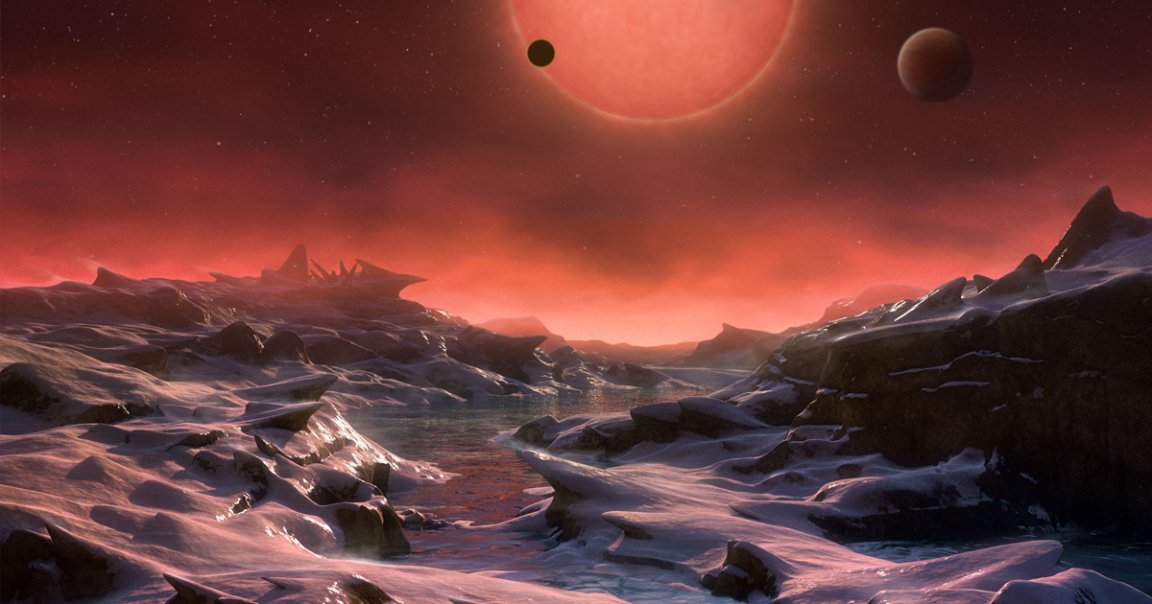
The Search for Alien Life
Researchers at the University of California, Riverside say that thanks to excessive toxic gases, more than half of the planets we initially thought could harbor alien life are probably dead zones — or at least couldn’t host life as we know it.
The so-called habitable zone — a safe zone where planets are at a distance from their star that could allow them to hold liquid water — was traditionally thought to be where extraterrestrial life was most likely to develop.
But the researchers detailed — in a paper published in The Astrophysical Journal today — that taking into account toxic levels of atmospheric carbon monoxide and dioxide, more than half of the planets in that habitable zone wouldn’t be able to hold complex life such as humans and animals.
Narrowed Search
“This is the first time the physiological limits of life on Earth have been considered to predict the distribution of complex life elsewhere in the universe,” said Timothy Lyons, one of the study’s co-authors, in a statement. “Our results indicate that complex ecosystems like ours cannot exist in most regions of the habitable zone as traditionally defined.”
But that also means we might have a better shot at finding alien life.
“Our discoveries provide one way to decide which of these myriad planets we should observe in more detail,” said Christopher Reinhard, UCR grad and co-author of the study.
READ MORE: New study dramatically narrows the search for advanced life in the universe [University of California]
More on alien life: Harvard Astronomer Predicts What First Alien Contact Will Be Like